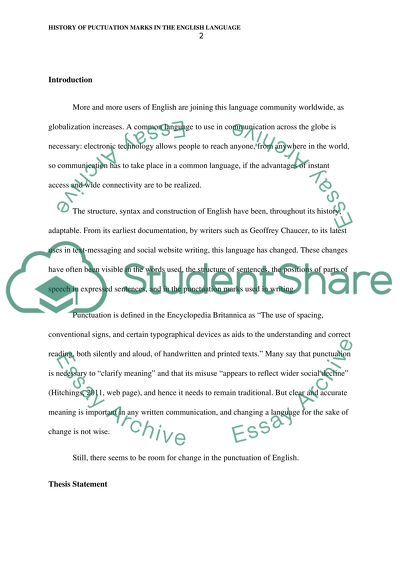Cite this document
(“Punctuation Marks in the English Writing Research Paper”, n.d.)
Retrieved de https://studentshare.org/english/1435293-history-of-punctuation-marks-in-the-english
Retrieved de https://studentshare.org/english/1435293-history-of-punctuation-marks-in-the-english
(Punctuation Marks in the English Writing Research Paper)
https://studentshare.org/english/1435293-history-of-punctuation-marks-in-the-english.
https://studentshare.org/english/1435293-history-of-punctuation-marks-in-the-english.
“Punctuation Marks in the English Writing Research Paper”, n.d. https://studentshare.org/english/1435293-history-of-punctuation-marks-in-the-english.


